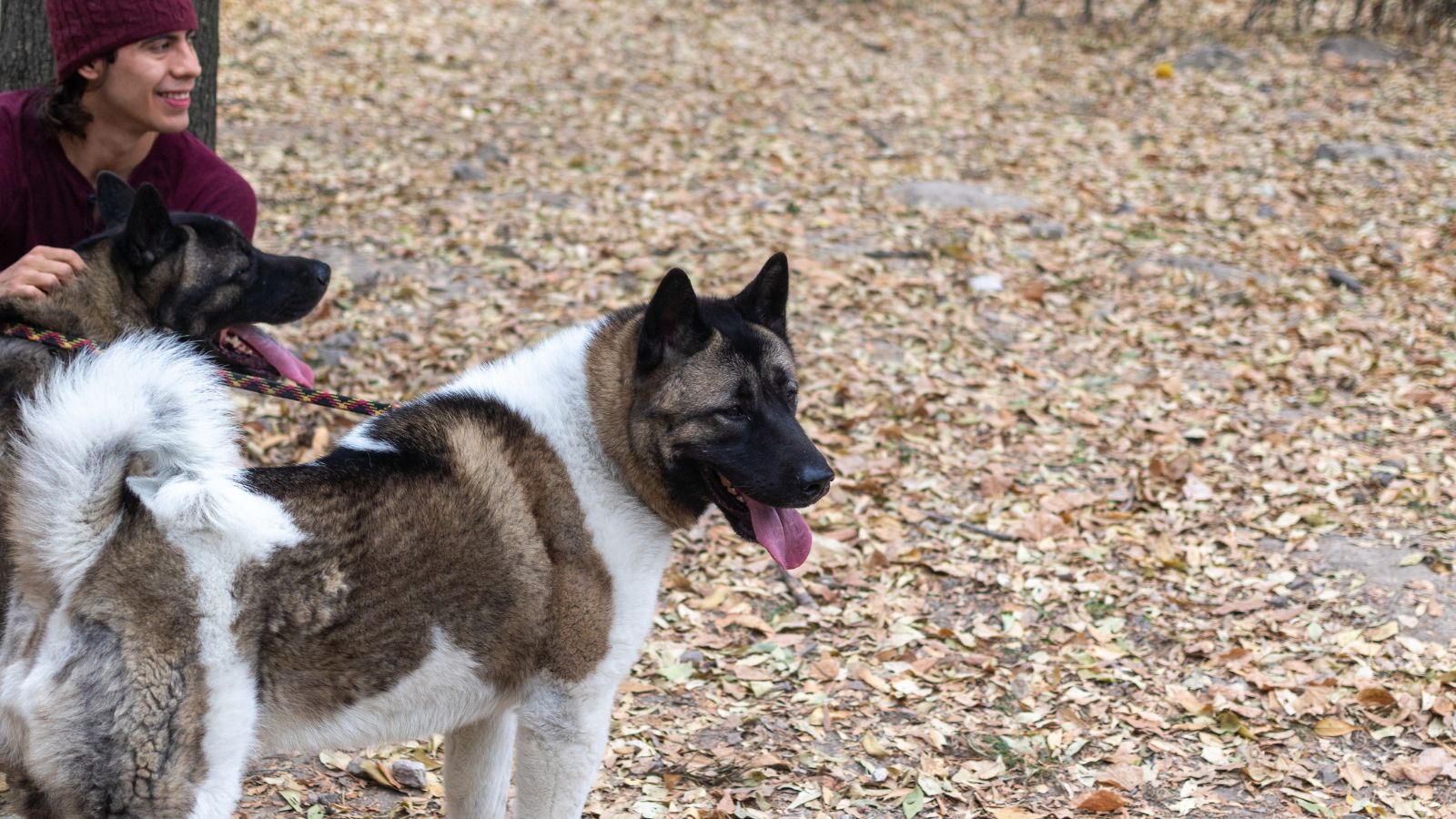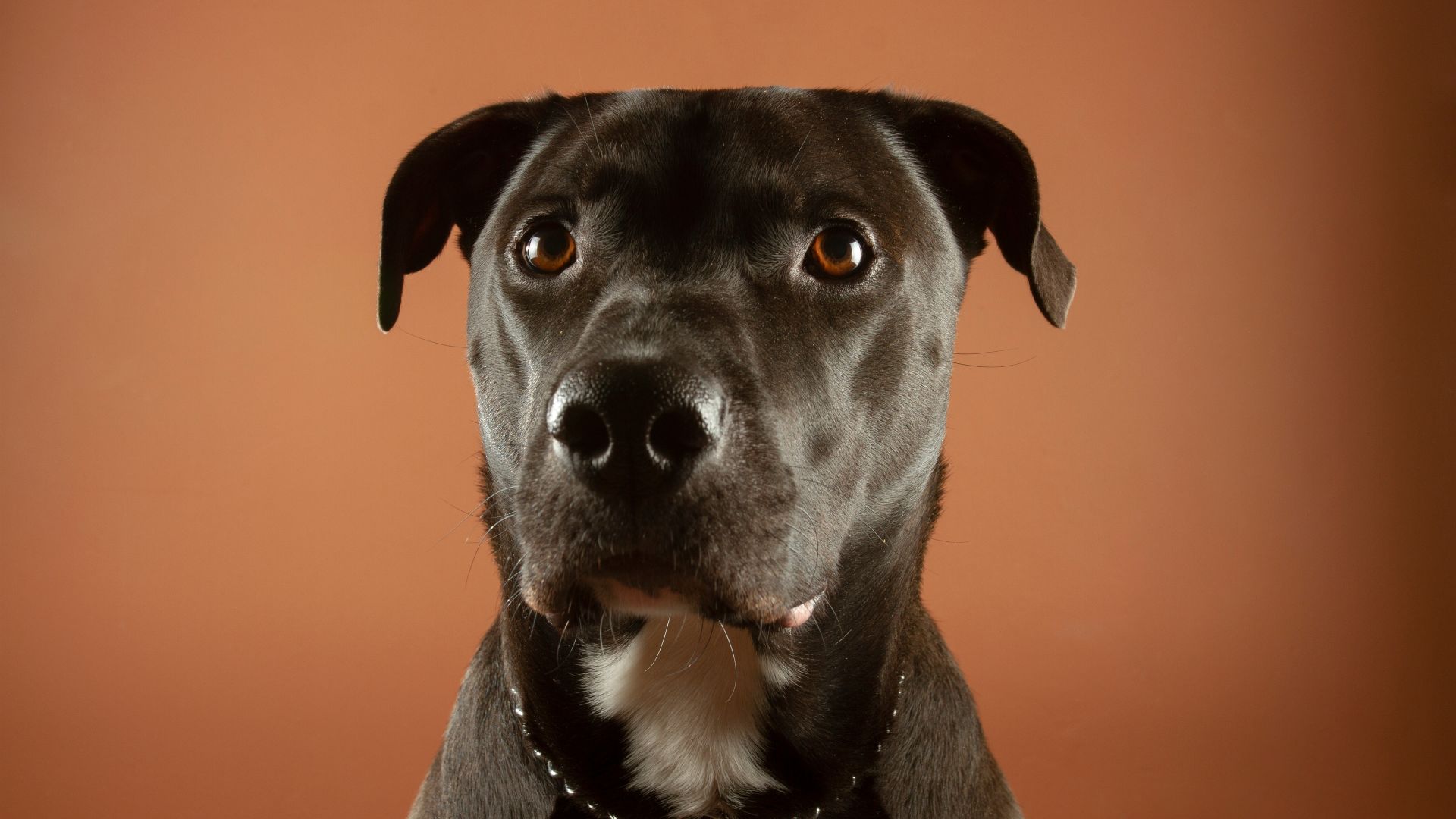Imagine walking down a quiet street when suddenly, a massive dog bounds into view. Your heart skips a beat, not just because of its size, but the breed’s reputation. Some dog breeds have an intimidating presence that can make even the bravest of us feel a bit uneasy. But are these dogs really as fearsome as they seem?
In this article, we’ll delve into the world of intimidating dog breeds. We’ll uncover the truth behind their fearsome reputations, explore their unique traits, and discover what makes these breeds so awe-inspiring. Remember, it’s not just about the breed’s appearance or size; sometimes, it’s the aura of the dog that can leave a lasting impression. So, let’s embark on this fascinating journey together and debunk some common myths along the way.
 Intimidating Dog Breeds
Intimidating Dog Breeds
Intimidating dog breeds often elicit strong reactions. Subject to more stereotype and myth than understanding, these dogs share certain qualities that invoke a sense of intimidation in observers. To grasp their essence, it’s essential to explore the defining characteristics and common misconceptions about them.
Characteristics That Define Intimidation
Intimidation surrounds certain dog breeds and it’s often attributed to three primary attributes: size, visual appearance, and demeanour. Size often plays a key role in assumptions of intimidation, with larger breeds like Rottweilers and Pitbulls often perceived as threatening. Their robust and physically daunting stance reinforce this perception.
Yet, physical attributes are not the sole factors. The dog’s demeanour contributes significantly to the perception of intimidation. Take the Doberman, for instance, known for its alertness and intense gaze, adding to its intimidating personas.
A dog’s breed-specific behaviours, however, contribute most to their reputation. The use of Afghan Hounds and German Shepherds in guarding roles has enhanced their aura of intimidation, although their temperament can vary greatly.
 Top Intimidating Dog Breeds
Top Intimidating Dog Breeds
Despite the stereotypes, it’s essential to remember that a dog’s behaviour mainly depends on the upbringing and training. Moving forward in the list of intimidating dog breeds, four particular breeds often rank higher due to their physical characteristics and historical roles. These include Rottweilers, Pit Bulls, German Shepherds, and Doberman Pinschers.
Rottweilers: Guardians or Aggressors?
Rottweilers stand out with their robust and muscular physique, giving them an intimidating aura. Originally bred for herding livestock and pulling carts in Germany, they possess immense strength and endurance. But, it’s their protective nature, not their aggression, that often gets mistaken for hostility. While Rottweilers certainly make powerful guardians, their aggression usually emerges from poor socialisation or lack of adequate training, not from the breed itself.
Pit Bulls frequently carry the stigma of being dangerous dogs. But, attributing aggression to an entire breed overlooks the individual dogs’ temperaments and generalises based on misconceptions. In reality, Pit Bulls were initially bred for bull-baiting, but their strength and tenacity later misused in dogfighting rings. This historical context, combined with irresponsible ownership, led to the negative label. Contrary to common belief, Pit Bulls show remarkable affection towards humans if raised in a loving environment.
 Factors Influencing Aggressiveness in Dogs
Factors Influencing Aggressiveness in Dogs
The manifestation of aggressive behaviour in dogs can be attributed to multiple factors. It invariably involves complex interactions among genetic, environmental, and behavioural elements. Two key factors that notably influence a dog’s aggressive tendencies include its training and socialisation experiences and specific breeding practices implemented.
Training and socialisation play a pivotal part in a dog’s demeanour. Establishing a well-rounded training plan from a young age can significantly reduce hostile conduct in dogs. For instance, with Pit Bulls, reputable trainers emphasise the importance of early socialisation to familiarise the dog with a variety of experiences, places, and people.
###The Impact of Breeding Practices
Breeding practices also have notable implications for a dog’s behaviour. Manipulating gene selection during breeding can accentuate certain desirable or undesirable traits. For instance, German Shepherds have been bred for years to enhance their allegiance, resulting in a breed highly protective of its owners.

Leave a Reply